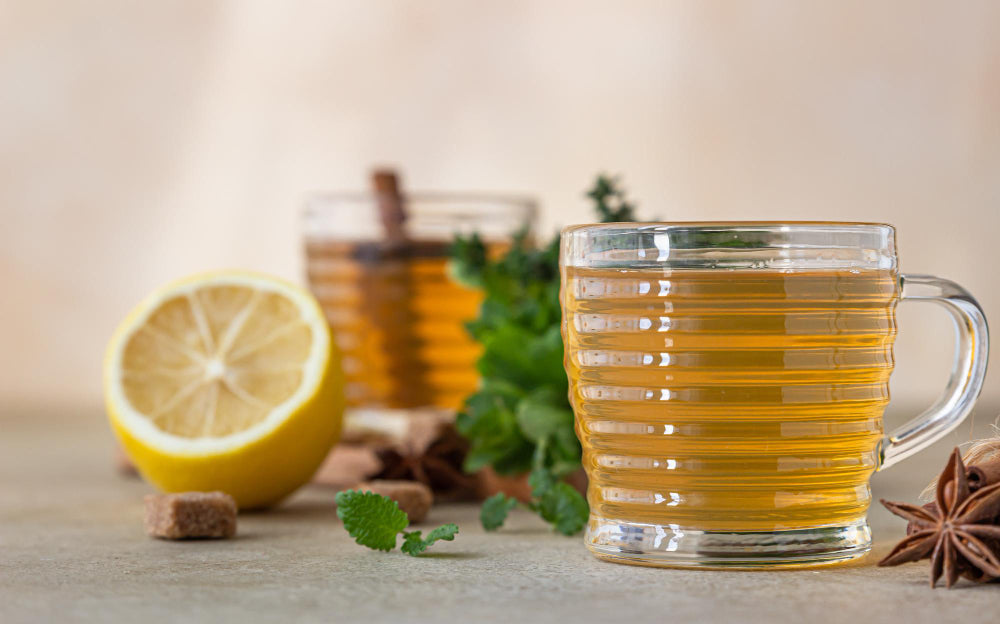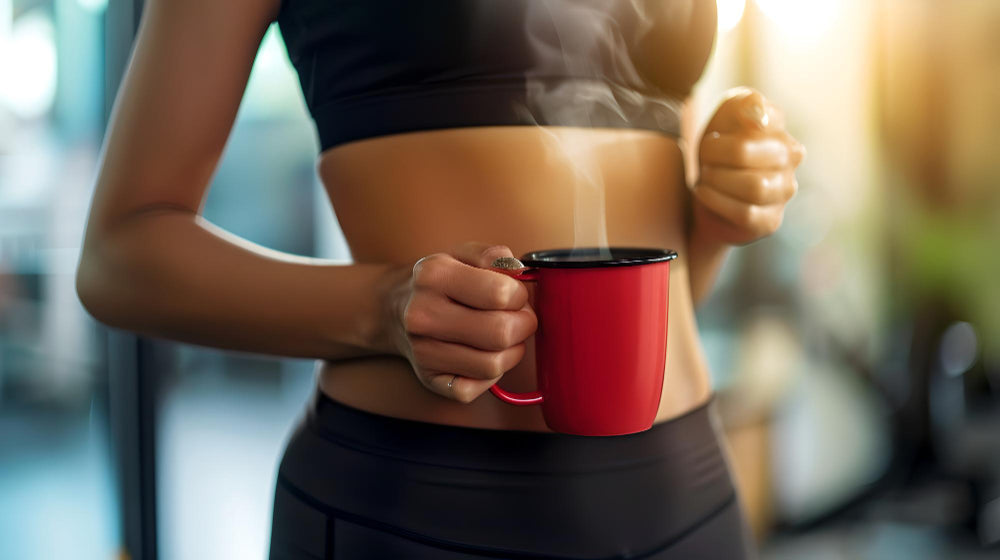Assam vs. Darjeeling: What’s the Real Difference Between India’s Most Famous Teas?

If you love tea, you’ve probably sipped on Assam or Darjeeling maybe without even realizing it. They’re both black teas. Both come from India. Both are wildly popular across the globe.
But here’s the twist: they couldn’t be more different.
One is strong and malty, the other’s delicate and floral. One fuels your mornings, the other calms your afternoons. So what actually makes Assam and Darjeeling so unique and how do you choose between them?
Let’s break it down.
Where Do Assam and Darjeeling Teas Come From?
The easiest way to understand the difference is to start with geography.
-
Assam Tea is grown in the Assam Valley, a lowland area in northeastern India, near the Brahmaputra River. Think lush, warm, and humid perfect for fast-growing, robust tea plants.
-
Darjeeling Tea, on the other hand, grows way up in the foothills of the Himalayas in West Bengal. The cool temperatures and high elevation slow down the growth, giving the tea a more subtle, refined character.
So yes, same country—very different terrain.
Flavor Profile: Bold or Delicate?
Here’s where things get personal. Flavor is everything in tea and Assam and Darjeeling offer two completely different experiences.
|
Tea |
Flavor Notes |
|
Assam |
Malty, rich, full-bodied, earthy |
|
Darjeeling |
Floral, fruity, muscatel, crisp |
-
Assam is what you'd want if you're looking for a strong, hearty cup like a classic English Breakfast blend. It’s great with milk and sugar.
-
Darjeeling is often sipped plain. It’s light, fragrant, and sometimes compared to fine wine for its “muscatel” note that's a sort of grapey, complex aroma that’s hard to describe but unforgettable when you taste it.
Quick tip: Try Assam in the morning and Darjeeling in the afternoon. You’ll see why both have their moments.
Caffeine Content: Which One Packs More Punch?
If you’re looking for a wake-up call, Assam wins, no contest.
Assam typically contains more caffeine than Darjeeling.
According to the USDA FoodData Central, black tea can range from 40–90 mg per 8 oz cup depending on how it’s brewed.
|
Tea |
Caffeine (per 8 oz cup) |
|
Assam |
60–90 mg |
|
Darjeeling |
40–70 mg |
-
Assam’s stronger body often comes with higher caffeine.
-
Darjeeling, especially first flush varieties, tends to be gentler and more uplifting than energizing.
That said, both are still black teas. If you’re switching from coffee, either will be a solid place to land.
Leaf Appearance and Brewing Differences
Before the water hits the cup, these teas already look different.
-
Assam usually comes as dark, granular bits if processed via CTC (Crush, Tear, Curl) method—common in tea bags. Orthodox Assam (whole leaf) is wiry and black.
-
Darjeeling leaves tend to be longer and greener in appearance especially if it’s a first flush, which is often harvested in early spring.
Brewing Tips:
|
Tea |
Water Temp |
Steep Time |
|
Assam |
90–95°C (195–203°F) |
3–5 minutes |
|
Darjeeling |
85–90°C (185–194°F) |
2–3 minutes |
Keep in mind, Darjeeling is delicate. Use slightly cooler water and don’t oversteep, or it can go bitter.
Price, Grades & What “Flush” Means
This is where things get fancy.
-
Assam is more widely available and generally more affordable. It comes in CTC (stronger, cheaper, great for chai) and orthodox (whole leaf, more nuanced) grades.
-
Darjeeling is often sold by flush, which refers to the picking season:
-
First Flush (March–April): Light, floral, brisk.
- Second Flush (May–June): Muscatel, fruity, more complex.
-
Autumn Flush (Oct–Nov): Mellow, slightly spicy.
-
First Flush (March–April): Light, floral, brisk.
First and second flush Darjeeling can be quite expensive—and sought after by collectors.
Which One Should You Choose?
Here’s the honest truth: you don’t have to choose. But if you're curious:
Choose Assam Tea if:
-
You want a strong morning tea.
-
You enjoy adding milk and sugar.
-
You like your tea punchy and straightforward.
Choose Darjeeling Tea if:
-
You enjoy sipping plain tea, without sweeteners.
-
You’re into floral, wine-like flavors.
-
You appreciate the nuance of seasonal harvests.
Still undecided? Try both side by side. Your taste buds will thank you.
Other Indian Teas Worth Exploring
If you enjoy Assam and Darjeeling, consider branching out:
-
Nilgiri Tea – From southern India; smooth, bright, and great iced.
-
Kangra Tea – From Himachal Pradesh; green teas with floral aromas.
-
Sikkim Tea – Often compared to Darjeeling, but slightly fruitier.
Each region offers a different story in your cup.
Final Sip
Assam and Darjeeling may come from the same country, but their personalities couldn’t be more different. One is bold and reliable. The other’s elegant and elusive. Choosing between them is like choosing between rock and classical music depends on your mood.
Luckily, tea doesn’t demand loyalty. You can love both.
FAQ
Is Darjeeling stronger than Assam?
Not caffeine. Assam is usually stronger in both flavor and caffeine content.
Can I drink Darjeeling with milk?
You can, but it’s best enjoyed without. Milk can overpower its delicate flavor.
What does “muscatel” mean in tea?
It refers to a grapey, wine-like aroma, especially in second flush Darjeeling.
Why is Darjeeling more expensive?
It's seasonal, grown in smaller quantities, and many flushes are hand-picked.
Which tea is best for beginners?
Start with Assam for a reliable bold brew. Then ease into Darjeeling for complexity.



0 comments